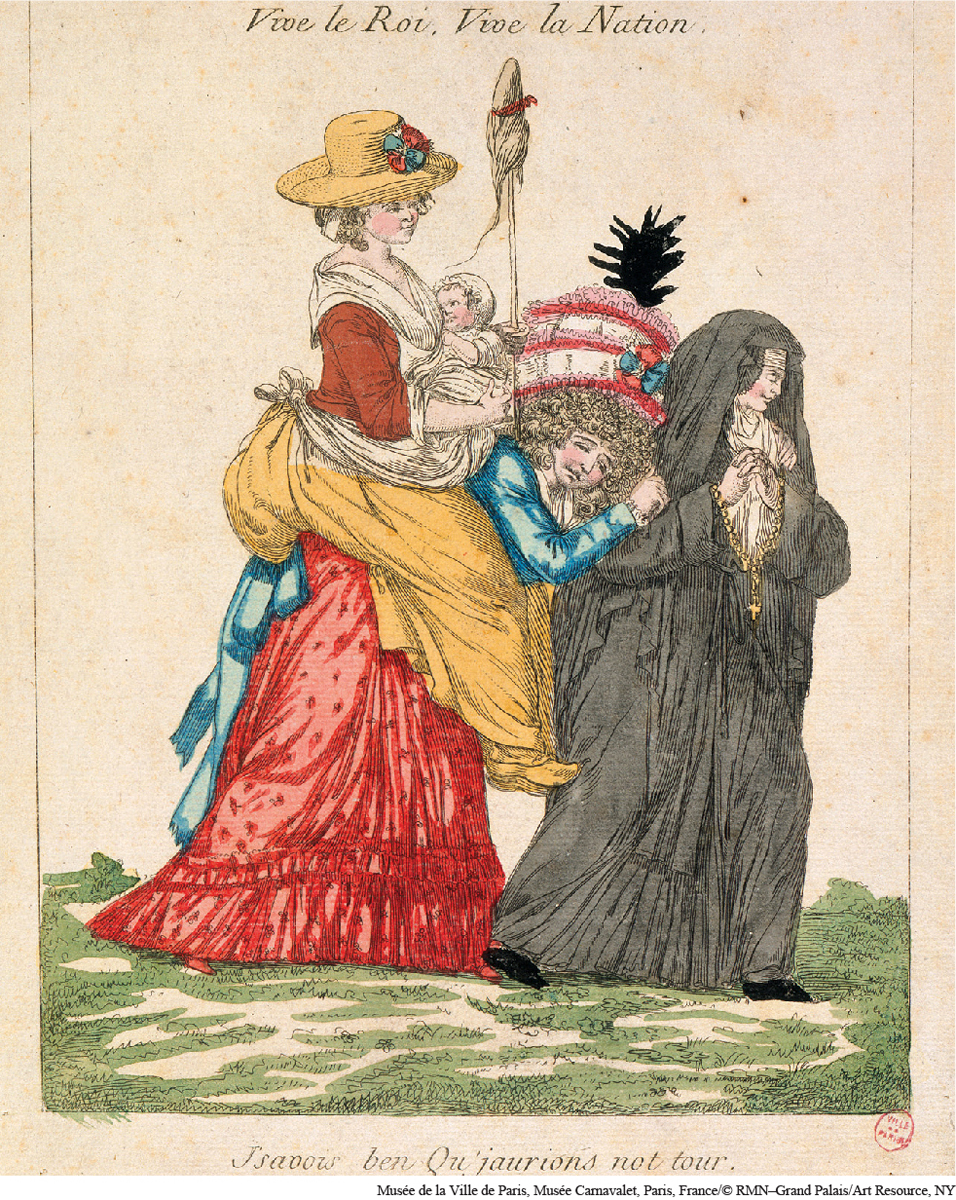Introduction to Chapter 16
CHAPTER 16
Atlantic Revolutions, Global Echoes
Atlantic Revolutions, Global Echoes 1750–1914

The Haitian earthquake of January 2010 not only devastated an already-
T he Haitian Revolution was part of and linked to a much larger set of upheavals that shook both sides of the Atlantic world between 1775 and 1825. Haitians had drawn inspiration from the earlier North American and French revolutions, even as their successful overthrow of French rule helped shape the Latin American independence struggles that followed. These four closely related upheavals reflect the new connections among Europe, Africa, North America, and South America, which took shape in the wake of Columbus’s voyages and the European conquests that followed. Together, they launched a new chapter in the history of the Atlantic world, while the echoes of those revolutions reverberated in the larger world.
| A MAP OF TIME | |
|---|---|
| 1775–1787 | North American Revolution |
| 1780s | Beginnings of antislavery movement |
| 1789–1799 | French Revolution |
| 1791–1804 | Haitian Revolution |
| 1793–1794 | Execution of Louis XVI; the Terror in France |
| 1799–1814 | Reign of Napoleon |
| 1807 | End of slave trade in British Empire |
| 1810–1811 | Hidalgo-Morelos rebellion in Mexico |
| 1808–1825 | Latin American wars of independence |
| 1822 | Brazil gains independence from Portugal |
| 1848 | Women’s Rights Convention, Seneca Falls, New York |
| 1861 | Emancipation of serfs in Russia |
| 1861–1865 | Civil War and abolition of slavery in United States |
| 1870–1871 | Unification of Germany and Italy |
| 1886–1888 | Cuba and Brazil abolish slavery |
| 1920 | Women gain the vote in United States |
SEEKING THE MAIN POINT
What were the most important outcomes of the Atlantic revolutions, both immediately and in the century that followed?